Country Spotlight: Chile
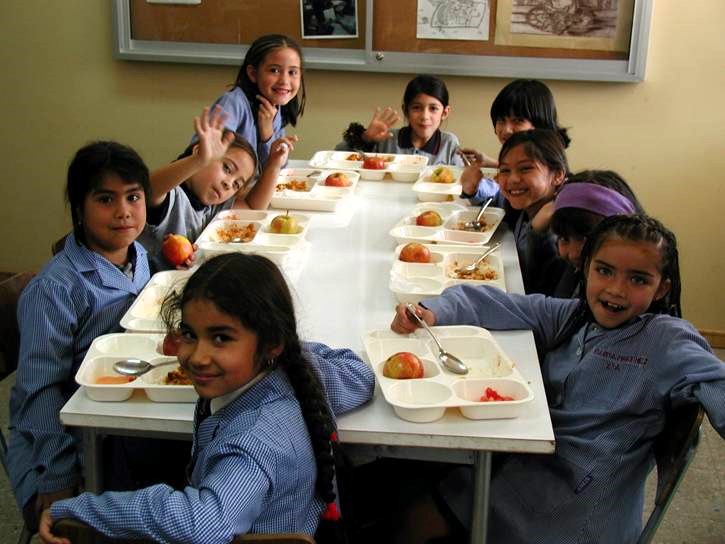
Financing school meal programs is a challenging task. Comparing government financing of programs around the world by region, we found that governments in Latin America and the Caribbean (LAC) set the standard for programs worldwide during the 2020 school year. Governments in the region contributed the greatest share of funding to their school feeding programs, on average shouldering 98% of the costs. Amongst other key factors, the region also stands out in terms of prioritizing local foods for their school meal programs and for the steps being taken to address obesity.
Chile’s national program, the Programa de Alimentación Escolar (PAE) is a case in point. There is a long history of school feeding in Chile, dating back to 1929, at least. This program–the PAE–began in 1964. The government funds 100% of the program and has placed an increased emphasis on nutrition in recent years in response to an escalation in childhood overweight and obesity.
In Chile, the school year is in two semesters, beginning in late February/early March until July, followed by a two-week “winter break”, then continuing until November/December, followed by the “summer break”. So while the program has typically fed children at schools, this blog explores the program during the 2020 school year in the height of the COVID-19 pandemic, when schools were closed for several months. In-school meals shifted to take-home rations: Students or their parents picked up Ingredients at the school, to prepare and eat at home.
Who, What, and When
The PAE provided take-home rations to qualified students every 21 days during the 2020 school year. The program targeted students in public and government-subsidized private schools that met certain criteria like household income and beneficiary status in other social protection programs. Although the exact distribution in terms of school levels and gender of students receiving food was not reported in the Global Survey of School Meal Programs, it was reported that the number of students receiving food has steadily increased since 2017, even during 2020. Despite COVID and an economic/financial crisis, the program increased in 2020, covering a total of just over 2 million students, which was nearly 70% of the children of primary and secondary school age in the country. With a dedicated line item in the national budget, this fully funded program helps reach children in need.
Nutrition, specifically
Some of the key nutrition-related aspects reported for the PAE are:
- The program engaged at least 130 nutritionists in 2020.
- PAE has an explicit objective to prevent or mitigate overweight/obesity. (Only 35% of countries around the world have such a goal.)
- The program prohibits foods with black warning stamps. These stamps denote food that is high in calories, sodium, saturated fat, or sugars as defined by Law 20.606 on the “Nutritional Composition of Foods and Their Advertising.”
- There are restrictions on foods on or near the school grounds.
- Foods including grains/cereals and salt are fortified with iron, iodine, thiamine, riboflavin, and niacin. Some water is treated with fluoride as well.
- The program is paying more attention to gastronomy, to ensure that the food provided is not just nutritious, but is also appetizing and tasty.
- The program includes height and weight measurement, alongside dental, hearing, and eye testing.
- Complementary education programs include food and nutrition education and school gardens.
Looking Ahead
Overnutrition is a form of malnutrition in which an individual consumes more nutrients than are needed for healthy growth, development, and metabolism. Because it leads to weight gain, the overnourished person appears overweight or obese, which can mask the fact that their diet may be lacking in one or more key nutrients. Overnutrition inevitably leads to health problems. The World Health Organization lists a number of health problems that can result from overnutrition, including heart disease, diabetes, high blood pressure, stroke, breathing problems, and even certain cancers.
Despite the enormous toll overnutrition is taking in economic, physical and mental health, and lifestyle terms, there has been little or no success to date in preventing or mitigating overweight and obesity at scale. This trend means that Chile’s efforts are very relevant. Chile is tackling overnutrition vigorously, and others are paying attention. Chile’s efforts to address the issue–including, but not just through its school meal program–are already receiving considerable attention, and GCNF expects that interest will intensify in the coming months and years.


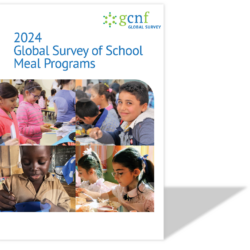



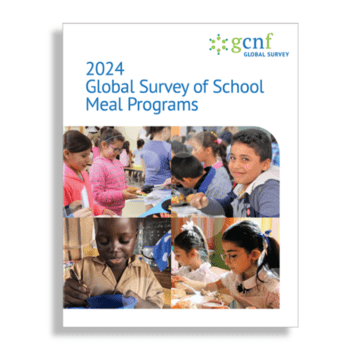
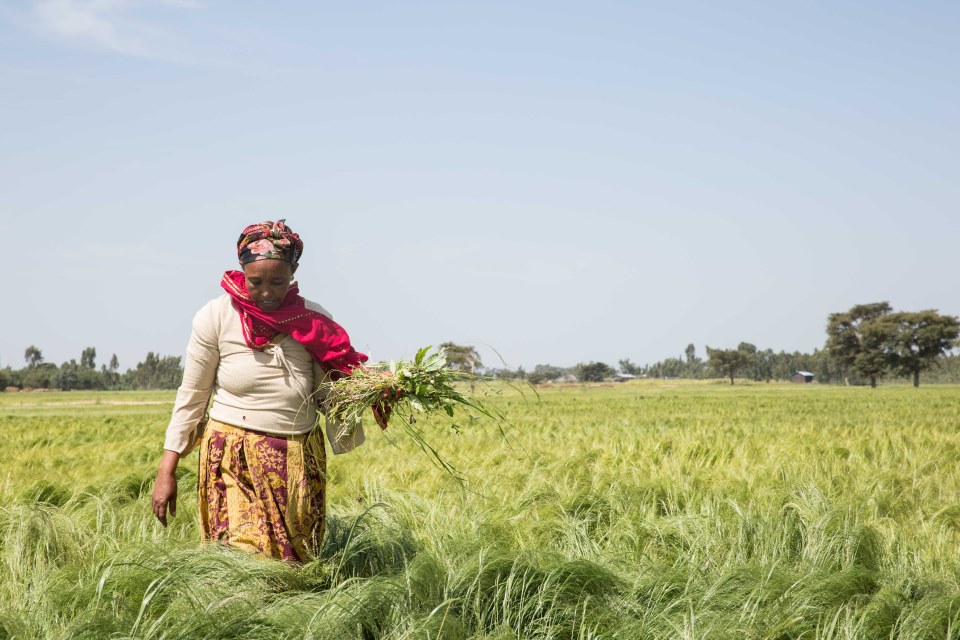

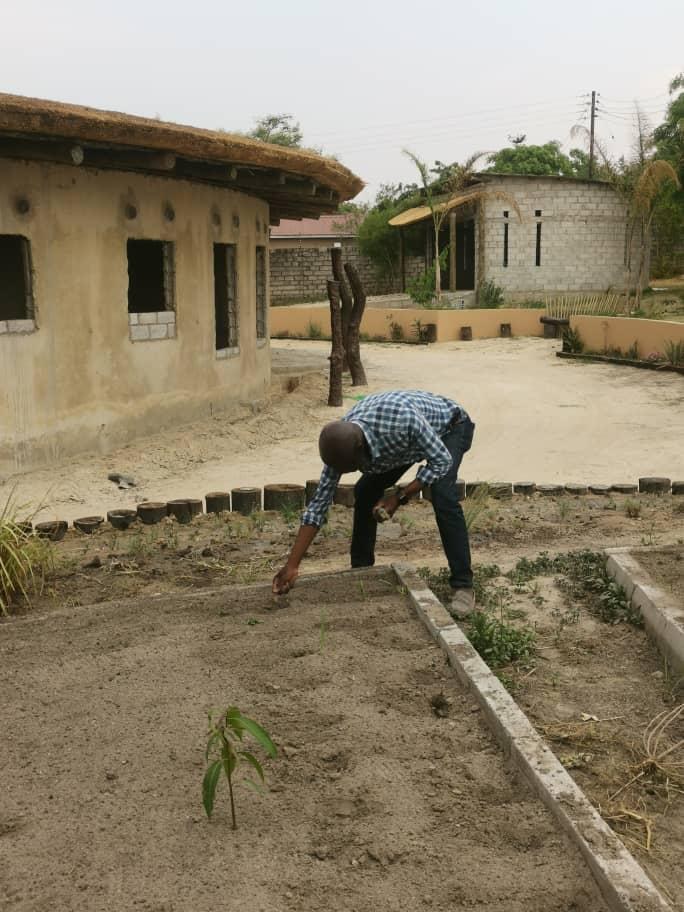
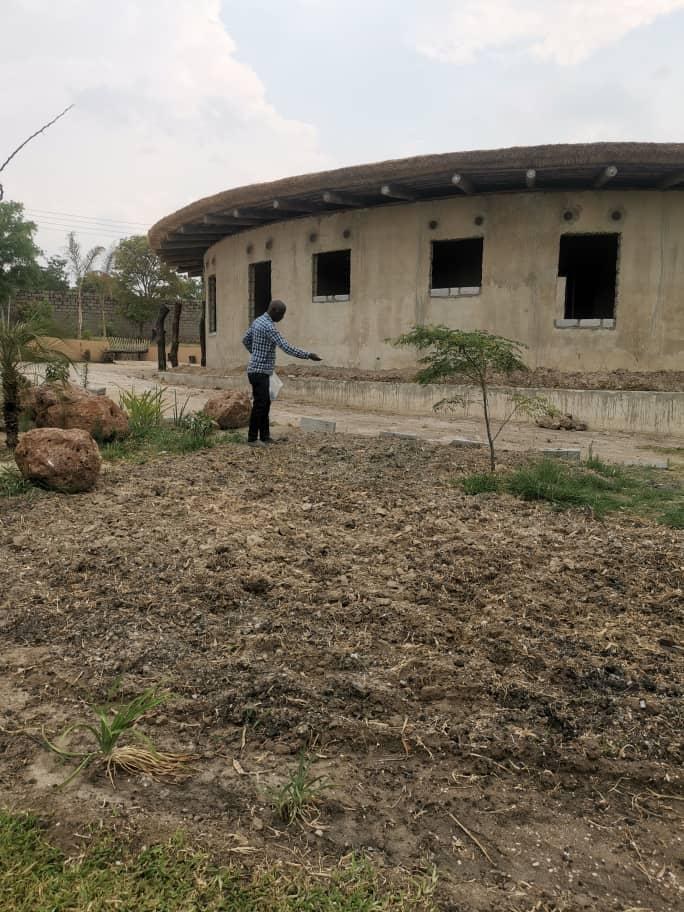


No comment yet, add your voice below!